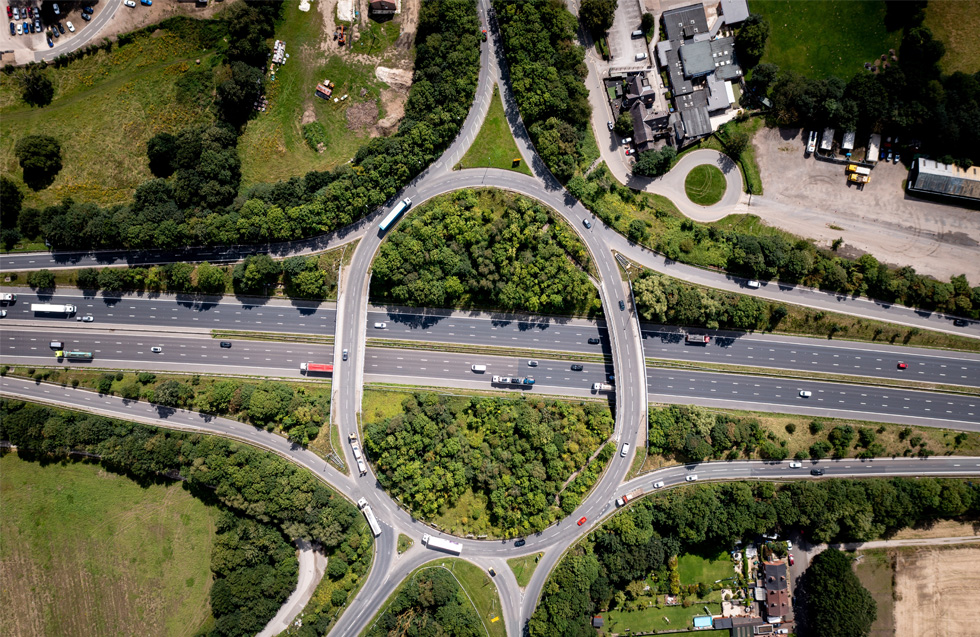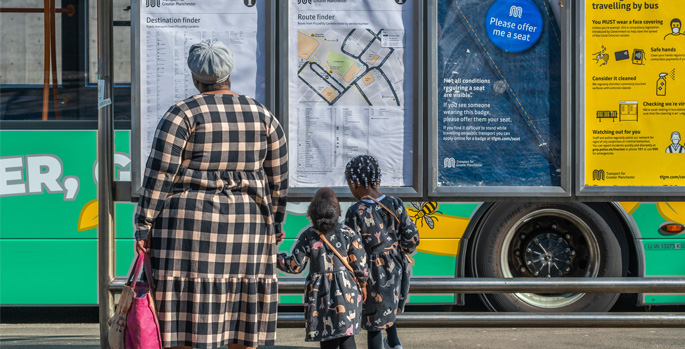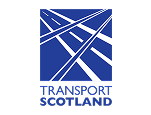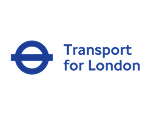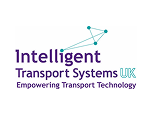The removal of drivers from automated buses could mean that some passengers would be unable to access the services, a new report argues.
Commissioned by the Department for Transport (DfT) and authored by the Transport Research Laboratory (TRL), the report examines the role that drivers play in making public transport accessible for all passengers.
It identified 66 non-driving-related roles and separated them into four categories:
- ‘Red' – roles that cannot be fulfilled without a driver or onboard attendant at present
- ‘Orange' – roles that would be challenging to fulfil without a driver or onboard attendant
- ‘Yellow' – roles that could be fulfilled without a driver or onboard attendant but where there are still challenges associated with the solution
- ‘Green' – roles that could be fulfilled without a driver or onboard attendant with relative ease
Of the 66 roles, the TRL found 21 would be either challenging or impossible to fulfil without a driver or attendant onboard the vehicle, with some passengers being left unable to board the services successfully without the assistance of staff.
Six 'red' roles (9%) were judged 'impossible to fulfil without a driver or onboard attendant', for example: helping a passenger get into and out of the vehicle with their mobility aids.
Highlighting the importance of this service, the authors note that '24% of the UK population have a disability, and of this group, 47% have mobility impairments'.
TRL found ‘no alternative solutions' to having a member of staff onboard to assist when needed. It also highlighted that not everyone wants assistance and that ‘this should be respected by whoever is offering the support', a distinction that requires human judgement.
Of the remaining roles, 15 (23%) were labelled as ‘orange roles', 21 (32%) were identified as ‘yellow' and 24 (36%) were determined to be ‘green' roles.
TRL concluded that automated transport systems face significant challenges.
When approached for comment, the DfT said: 'Self-driving passenger services have the potential to improve transport options for everyone, and may provide particular benefits for older and disabled people.
'This research will help ensure that we better understand the role drivers play to meet passengers' requirements and consider accessibility from the outset of these services.'
The full report can be found here.
Image credit: Shutterstock @Angel Santana Garcia




